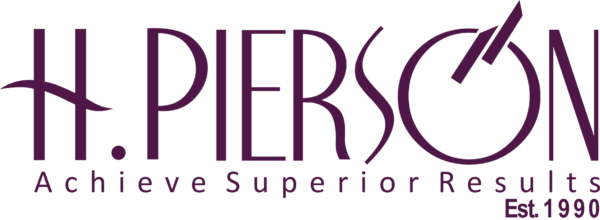Short-Term
1. Diversification of Export Products: Identify new high-demand products.
2. Market Expansion: Explore new international markets.
3. Compliance with Regulatory Requirements: Align with Nigerian Export Promotion Council (NEPC) and other regulatory bodies.
4. Logistics and Supply Chain Optimization: Improve efficiency and reduce costs.
5. Currency Risk Management: Mitigate foreign exchange volatility.
Medium-Term
1. Value Addition and Processing: Develop processing capabilities for raw materials.
2. Investment in Technology: Leverage digital platforms for trade facilitation.
3. Partnerships and Collaborations: Foster strategic partnerships with local and international companies.
4. Capacity Building: Enhance staff skills and training.
5. Brand Development: Establish strong Nigerian brands.
Long-Term
1. Integration into Global Value Chains: Participate in international production networks.
2. Diversification of Export Markets: Reduce dependence on traditional markets.
3. Development of Export-Oriented Infrastructure: Invest in ports, transportation, and storage facilities.
4. Research and Development: Invest in product development and innovation.
5. Regional Cooperation: Collaborate with neighboring countries.
Regulatory and Policy Considerations
1. The Export Promotion Guidelines: Comply with export regulations.
2. African Continental Free Trade Area (AfCFTA): Leverage opportunities.
3. World Trade Organization (WTO) Agreements: Understand and comply.
4. Taxation and Fiscal Policy: Navigate tax regulations.
5. Trade Agreements: Utilize bilateral and multilateral agreements.
Financial Considerations
1. Access to Finance: Explore funding options.
2. Risk Management: Mitigate market, credit, and operational risks.
3. Foreign Exchange Management: Optimize FX transactions.
4. Cost Reduction: Improve operational efficiency.
5. Return on Investment: Optimize profitability.
Operational Efficiency
1. Supply Chain Management: Streamline procurement processes.
2. Inventory Management: Optimize stock levels.
3. Shipping and Logistics: Improve delivery times.
4. Quality Control: Enhance product quality.
5. Performance Monitoring: Track key performance indicators (KPIs).
Digital Transformation
1. E-Commerce Platforms: Leverage digital trade platforms.
2. Data Analytics: Utilize data-driven insights.
3. Digital Payment Systems: Adopt secure payment solutions.
4. Automation: Implement process automation.
5. Cybersecurity: Ensure data protection.
By addressing these strategy issues, exports trading companies in Africa can:
– Enhance competitiveness
– Increase export volumes
– Diversify products and markets
– Improve operational efficiency
– Align with regulatory requirements
And ultimately achieve their 2025 business goals.











